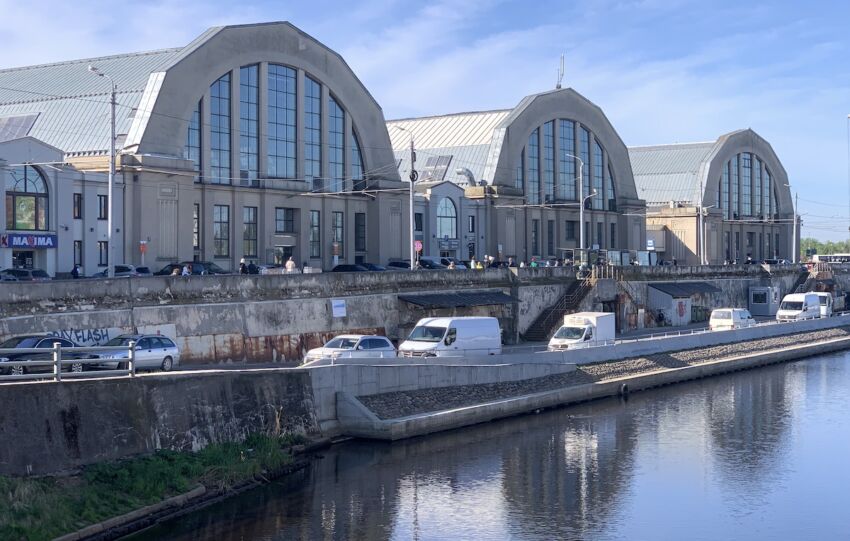Share This Article
When thinking about an interesting weekend trip, you may have never thought about Nuremberg. This interesting German city awaits tourists, offering many attractions. Nuremberg for a weekend is an interesting idea that is worth considering!
I am sure that not many of you think of Nuremberg as an ideal tourist destination, but in the text I will try to convince you of this. I will show you what is worth seeing in Nuremberg and why it is an interesting destination!
Nuremberg – access and location
Nuremberg is a city in Germany (Bavaria) located in Middle Franconia. It is located on the Pegnitz River, which divides the Old Town into two parts. Nuremberg for a weekend is a good idea, but it’s best to do it by plane. You can fly here, for example, from Krakow, and the flight takes about an hour and twenty minutes.
You can also come to Nuremberg by car. One road leads through the Czech Republic, but the fastest way from Poland will be from Zgorzelec via the A4 motorway, then the A72, A9, A70, A 74 and A3. The entire route will take you about 5 hours and is approximately 450 kilometers long.
Accommodation in Nuremberg
Nuremberg is a large city and a trade fair center. You will find a lot of hotels and apartments for rent there. Many of the cheapest options on Airbnb are apartment rooms or shared rooms. We decided on Ibis Hotel Nürnberg Hauptbahnhof.
I like this chain’s hotels and use them often. They offer a satisfactory standard at a fair price. In this hotel, depending on the day, a double room will cost you about PLN 370/day. You can buy breakfast at the hotel, and there is free Wi-Fi throughout the entire area.
A short history of the city of Nuremberg
The origins of the city date back to 1050, when it was mentioned in a document of Emperor Henry III. Already in the 12th century, the city was the capital of the Burgraviate of Nuremberg. Later, Nuremberg was a free city, located close to the Czech Republic. It lost its status as a free city in 1806 and was incorporated into the Kingdom of Bavaria. Industry flourished there, and the first German railway line was built there. During World War II, it was a significant center of the Nazi movement, which you will read more about in the text. Nuremberg was bombed in 1945, and almost 90% of the city was destroyed during the raid.
Transport in the city
Nuremberg is very well connected when it comes to public transport. The fact that there is a regular metro station right next to the airport, which takes us to the center in just a few minutes, is a good indication of this. Tickets are cheaper when you buy them online, but you can save a lot by purchasing a City Card – in addition to admission to museums, it also gives you a 48-hour ticket for all public transport.
We used both the previously mentioned metro, buses and trams in the city. If you feel like it, in Nuremberg you will also find a large selection of scooters and bikes for rent.
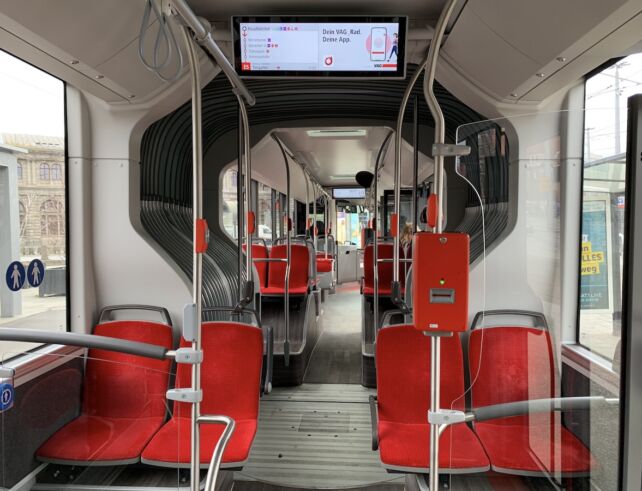
What to see in Nuremberg?
Even though we were in Nuremberg for 4 days, it was actually only two full days (we arrived one day and left for the airport in the morning on the last day), which we used almost to the limit.
We know that there is no arguing with cheap flights and we choose the dates that are possible, but if you have this option, skip Sunday and Monday. On Sundays all shops are closed and museums are crowded, and on Mondays most museums are closed. Of course, you can organize a nice stay also on these days – just like we did.
When we went to Nuremberg, we had, as usual, ambitious plans to see as much as possible, but we skipped a few places for logistical reasons. In this way, we left the Museum and the Pencil Factory, the Natural History Museum and the car museums for our next stay.
Old Town
Nuremberg has a large Old Town surrounded by defensive walls. A large part of it are rebuilt buildings because the city suffered significantly during World War II.
Over the years, Nuremberg has been rebuilding its “heart” and you can see the effects of this work today. Despite the fact that many of the buildings differ in style from the medieval atmosphere of the city, many of these facilities were designed with taste and do not offend the eye.
When you think: Nuremberg, you should imagine the old city, which has its charm!
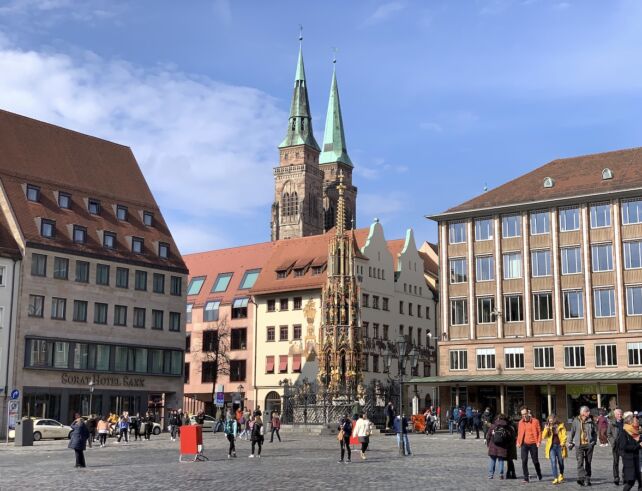

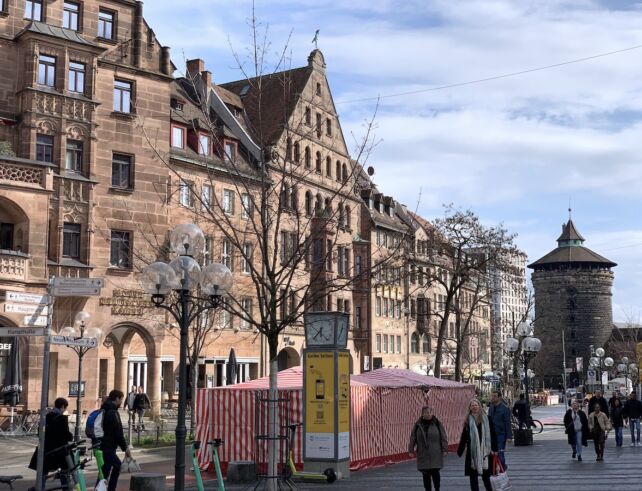
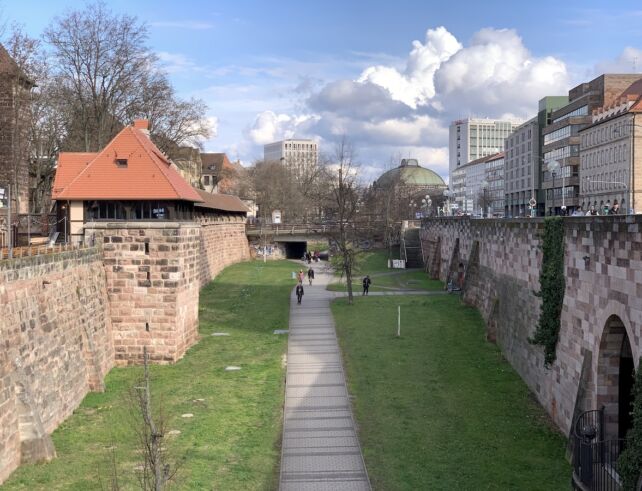
Castle
The castle literally and figuratively towers over the city. It closes the Old Town from the north, and from the castle itself and its towers there is a very nice panorama of the city. Unless it rains, then the panorama is less spectacular, but the castle is still interesting.
There are several attractions at the castle for tourists. You can climb the tower, see the well and visit the exhibition inside the castle. It is devoted to the history of this place, but also to the weapons from the castle’s heyday. An interesting fact is that during World War II, the Veit Stoss altar, stolen from St. Mary’s Cathedral, was kept in the basement of the castle.
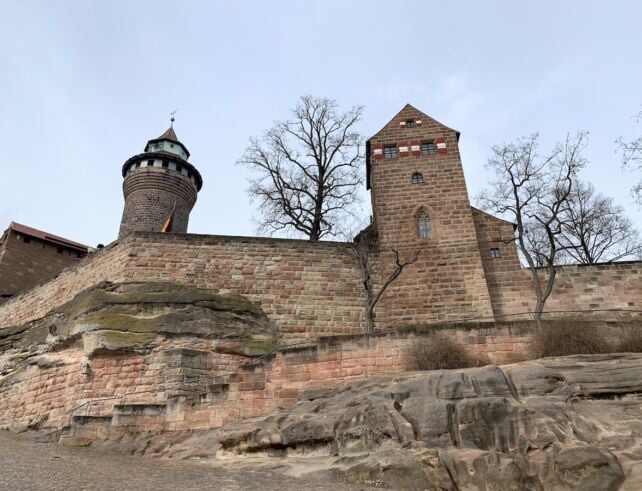
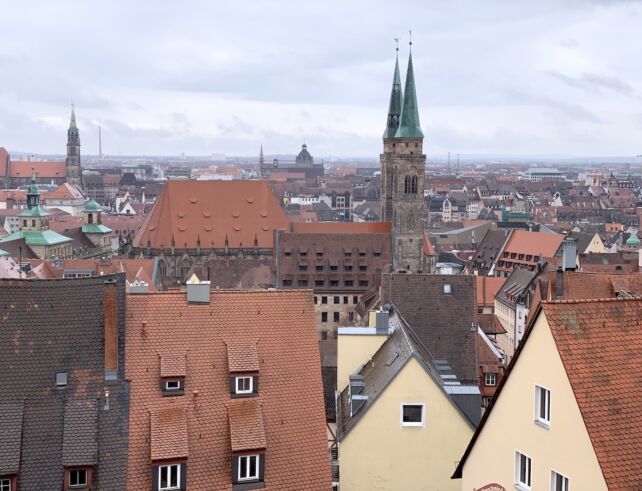
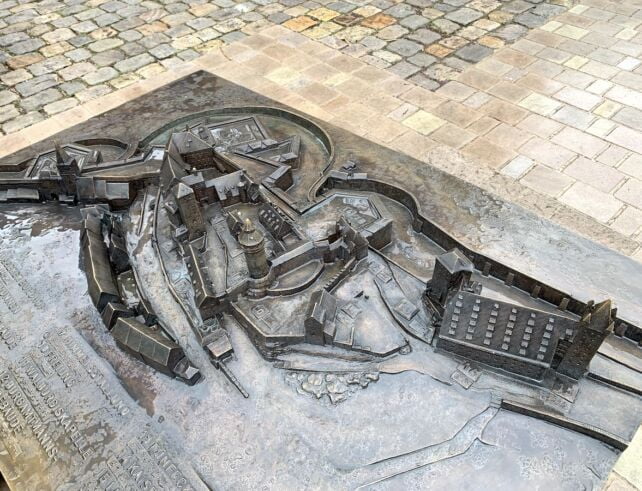
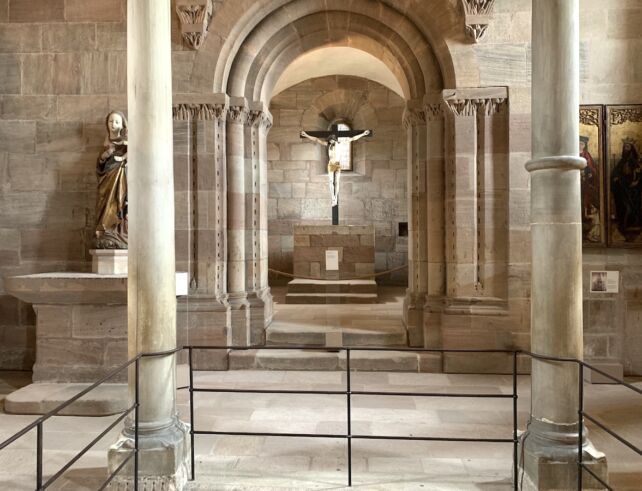
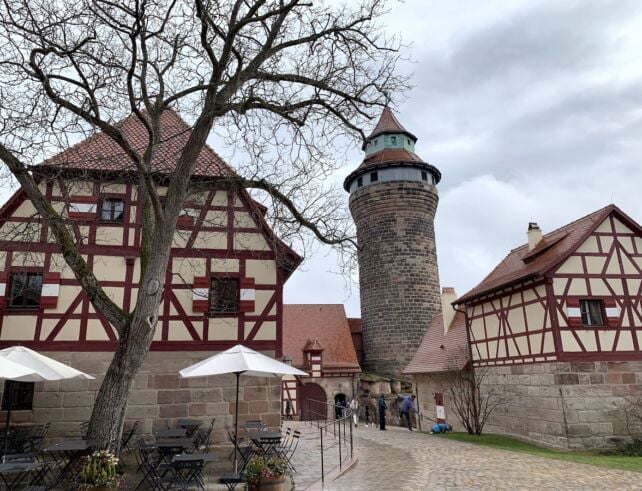
National Museum
The National Museum, or rather the Germanisches Nationalmuseum (Germanic National Museum), is the largest institution of this type in German-speaking countries. The facility has many exhibitions, many of which are devoted to Germanic culture and art. The collections include both finds from prehistoric times and more recent ones. The museum itself was established in 1852.
The museum’s collection includes over 1.3 million exhibits, but only about twenty-five thousand are displayed in exhibitions. The museum has the largest collection of historical graphics, and the exhibits include works by artists such as Albrecht Dürer, Veit Stoß (Wit Stwosz) and Rembrandt.
The themes of the exhibitions vary greatly. In addition to typical art exhibitions, there is an exhibition of musical instruments, fashion from 1700, and an exhibition devoted to medical tools.
The museum is open from Tuesday to Sunday from 10.00 a.m. to 6.00 p.m., and tickets cost 8 Euro for normal and 5 Euro for reduced prices. If you come as a family, a group of 6 people (including two adults) pays 10 Euro. On Wednesdays, the museum is open until 8 p.m., and from 5:30 p.m. admission is free.
During our visit, some of the rooms were under renovation. The museum occupies many buildings, including the former church of the Blessed Virgin Mary and the Carthusian monastery.
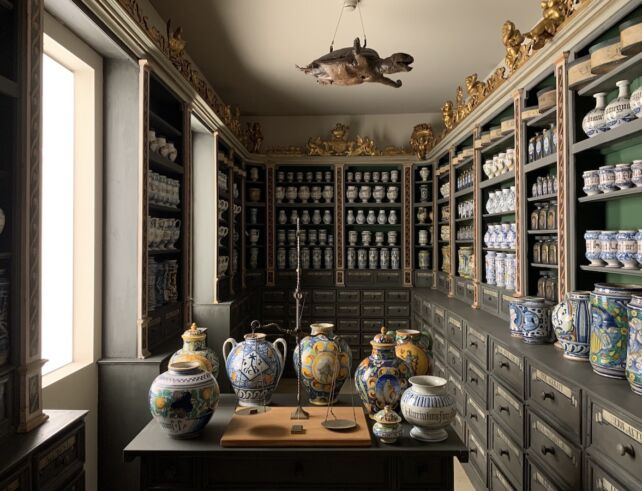
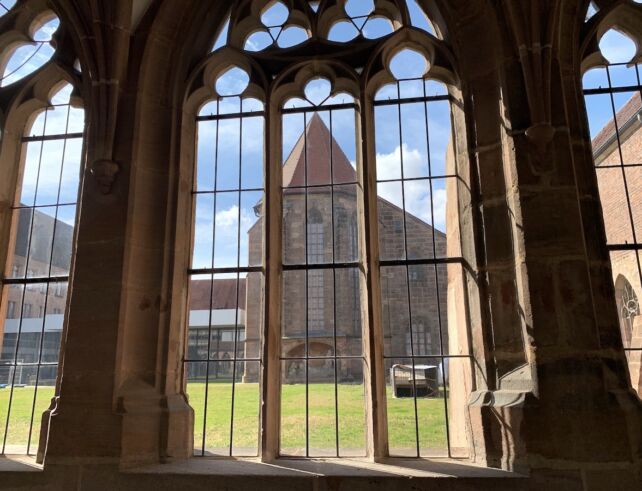
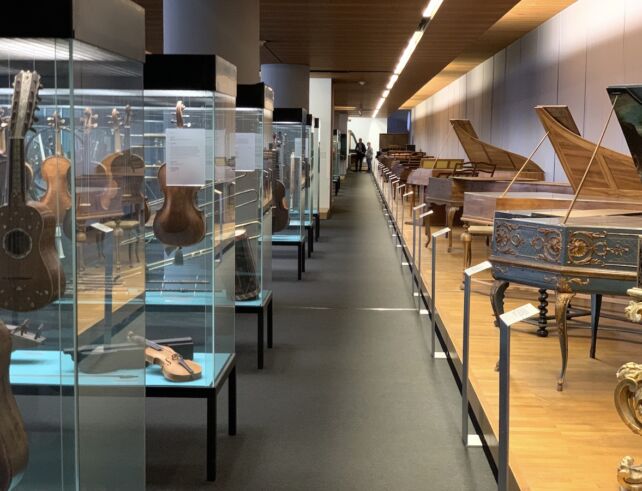
Train Museum
One of the museums we knew right away that we wanted to go to was the Train Museum (DB Museum). It is located just outside the city walls, at Lessingstraße 6. It is one of the oldest technical museums in Europe.
The museum’s permanent exhibitions concern the history of German railways, which has had its good and bad moments over the course of over 200 years. We start our journey through time with the period of steam and the first trains. Later we can learn more about the railways in the years 1920-1945. The next part of the exhibition covers the years 1945-1989, and the last – the contemporary fate of the railway. A separate part of the museum is an exhibition about stations and railway stations. Unfortunately, most of the inscriptions are only in German, but the exhibits themselves are also impressive.
The museum is open from Tuesday to Friday from 9:00 a.m. to 5:00 p.m. and on weekends from 10:00 a.m. to 6:00 p.m. A regular ticket costs 9 Euro and a reduced ticket 7 Euro. There is a separate section in the Museum for children, where they can learn about trains in practice.
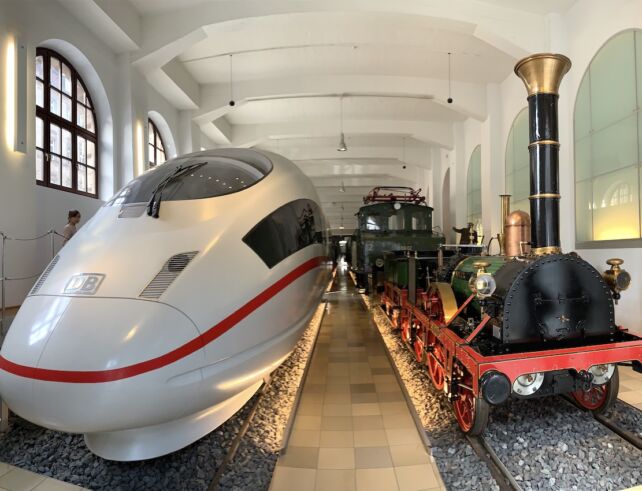
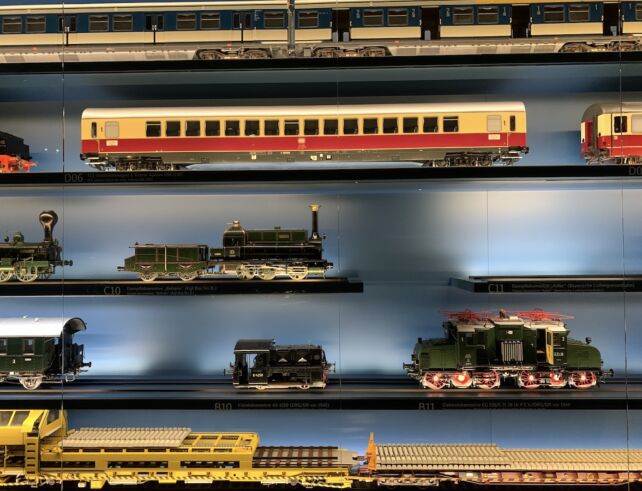
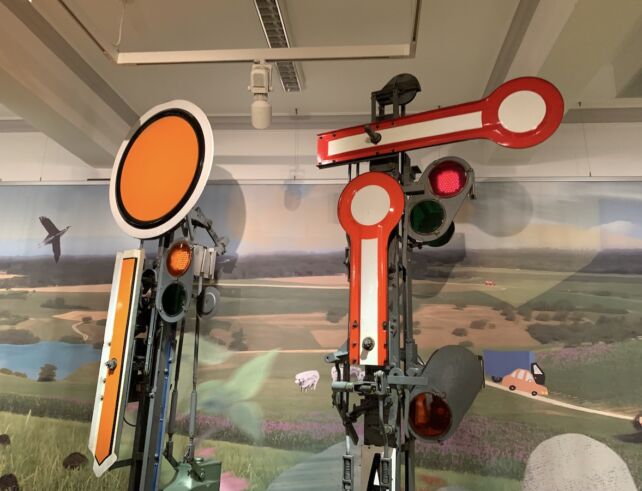
Bratwurst Museum
This museum is definitely one of the less typical ones! It is not a large facility, but it is located in the heart of the Old Town (Bratwurstgasse 1). Allow about half an hour to visit the entire site. The museum has audio guides in English, which are very helpful when visiting the exhibition.
Nuremberg sausages are a regional product Protected by Geographical Indication and the pride of the city. You can try it at every step. At the Museum you will learn everything about sausage production, their history and types of serving. Historical information is interspersed with interesting facts.
The museum is open from Tuesday to Friday (10.00-17.00) and on weekends (10.00-18.00). A regular ticket costs 5 Euro and a reduced ticket 2.5 Euro.
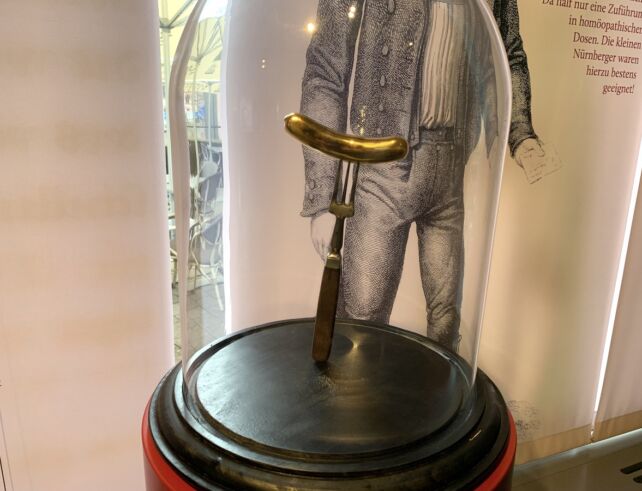
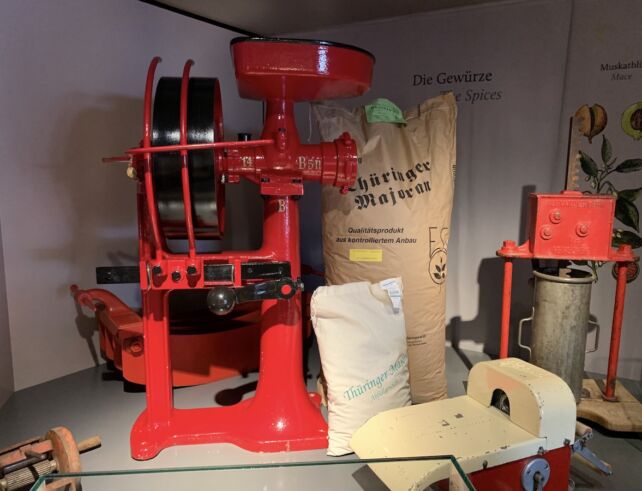
Toys Museum
Nuremberg has a toy-making tradition dating back approximately 600 years. They were not much like today’s toys available in stores, but on the other hand they also had a lot in common – they were supposed to give pleasure to the youngest users. The museum is located inside the city walls at Karlstraße 13–15.
The museum has several permanent exhibitions and regularly introduces temporary exhibitions. The former include Lidia Bayer’s Wardrobe, Dolls and Their Houses, The World of Technology, Toys before 1945 and Outdoor Play. If you are a fan of dollhouses, the exhibition devoted to this area will definitely impress you!
The museum itself is interesting, but the house in which it is located is also interesting. The museum was established in 1971, but the house in which it is located probably dates back to 1517. It belonged to Wilhelm Haller.
The museum is open from Tuesday to Friday (10.00-17.00) and on Saturdays, Sundays and holidays (10.00-18.00). A regular ticket costs 6 Euro and a reduced ticket 1.5 Euro.
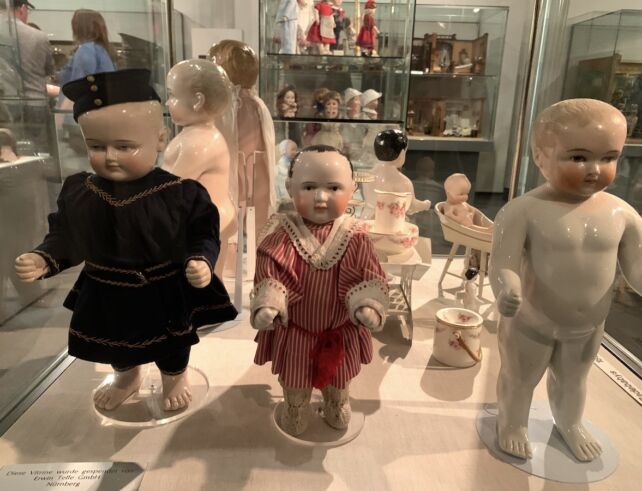
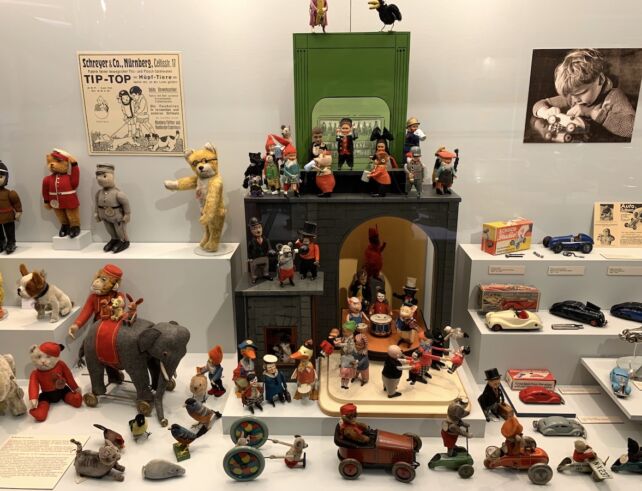
Churches
While walking around Nurembed, it is worth visiting the churches in the city! These are extraordinary buildings with fascinating architecture and beautiful interiors. In most cases, visiting them is free, and in some cases a voluntary donation is suggested for the renovation and maintenance of the temple.
Of the two most characteristic churches, it is worth mentioning the Church of the Blessed Virgin Mary (Frauenkirche) and the Church of St. Lawrence (St. Lorenz-Kirche).
You may get the impression that Nuremberg is full of churches and it will not be exaggerated. There are a lot of them inside the city walls, and many of them are worth visiting inside because they are often little-known architectural gems.
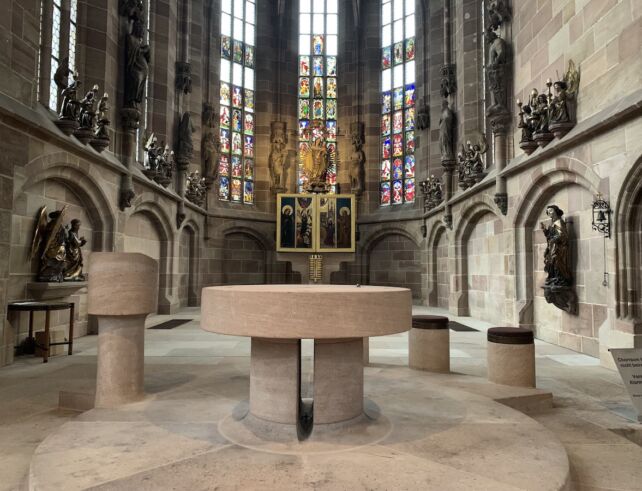
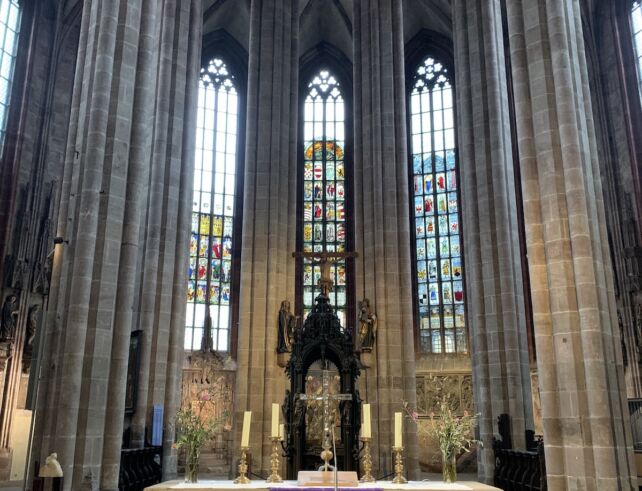
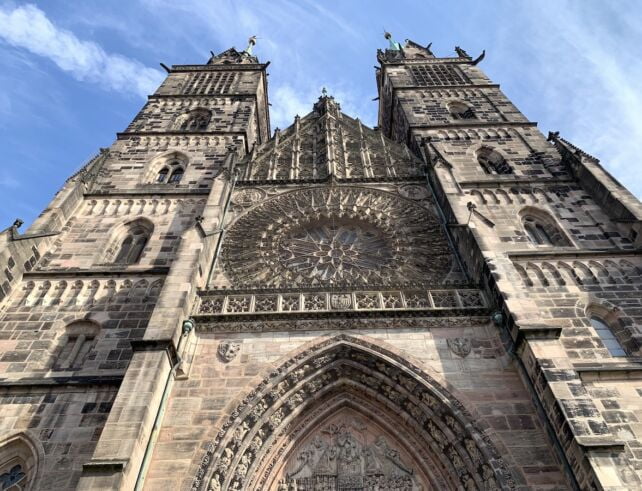
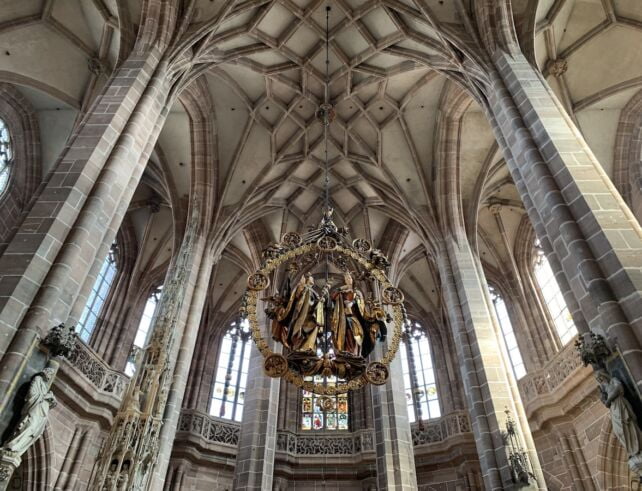
Johannisfriedhof cemetery
Cemeteries are places that connect us with history and remind us of our ancestors. One of such places is the Johannisfriedhof cemetery in Nuremberg – one of the most important cemeteries in Bavaria. This is where not only ordinary residents of the city are buried, but also many famous figures, such as artists, scientists and politicians.
Even though at first glance the cemetery may not seem like a tourist hit due to its purpose, in my opinion it is worth visiting because it is unique! In addition to the most famous resident of Nuremberg, Albrecht Dürer – a Renaissance painter, you can visit, for example, the grave of Veit Stoss – a sculptor and author of, among others, altar in St. Mary’s Church in Krakow. Nuremberg has several cemeteries, but this one is one of the most important for the city.
You can read more about this place in the text – Johannisfriedhof Cemetery.
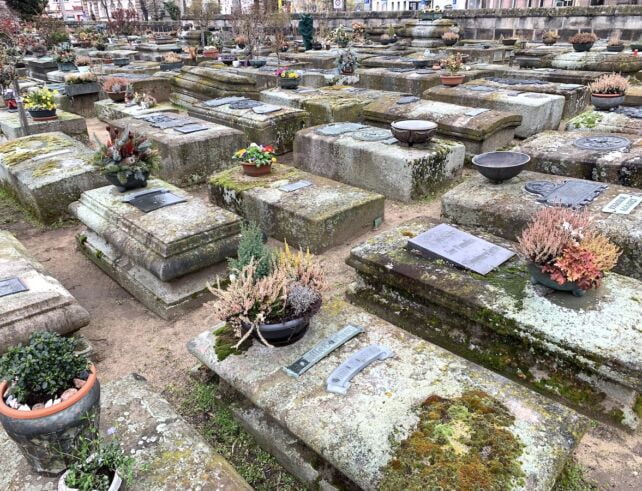

Room 600 and the Nuremberg Trials Memorial
Nuremberg may be too big for a weekend and you won’t be able to see everything, but you have to put this place on your list. It is located slightly outside the old town, but is well connected to the center.
Nuremberg has not become a symbol by accident. Due to the fact that the Nazis were particularly fond of this city before World War II, it was decided to organize the largest trial of war criminals there.
Admission to the facility costs 6 Euro (normal ticket) and 1.5 Euro (discount ticket). This place is open from November to March: Wednesday-Monday 10.00-18.00, and from April to October: Monday 9.00-18.00, Wednesday-Friday 9.00-18.00 and Saturday and Sunday 10.00-18.00.
You can read more about this place in the text – Room 600.
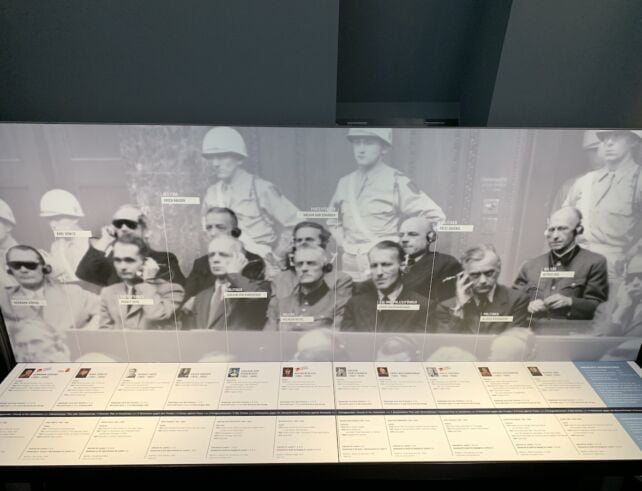
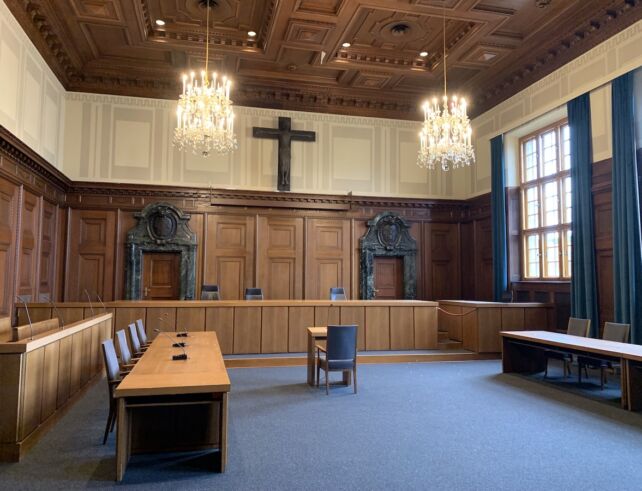
NSDAP Documentation Center
For many years, Nuremberg was the center of many activities related to the NSDAP (fascist party). It was here that marches, rallies and parades took place. Some of the architectural elements reminiscent of those times are still available, while others have been obscured by time. The Documentation Center collects information about those times and presents it in the exhibition pavilion, which is located right next to the interesting building. It is an unfinished hall, which was supposed to accommodate over 50,000 people. The war effectively stopped its completion, but despite the lack of a roof, it is still impressive in size.
The center is open every day from 10.00 to 18.00, and the ticket costs 6 Euro (normal) and 1.5 Euro (discount). The address of this place is Bayernstraße 110 and you can easily get there by tram number 6 or 8 and buses.
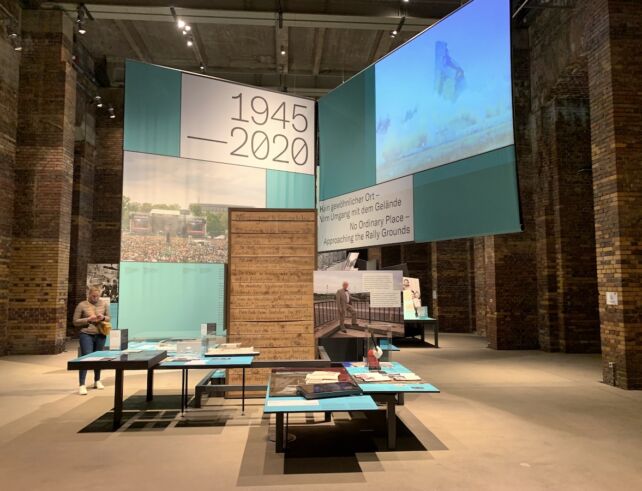
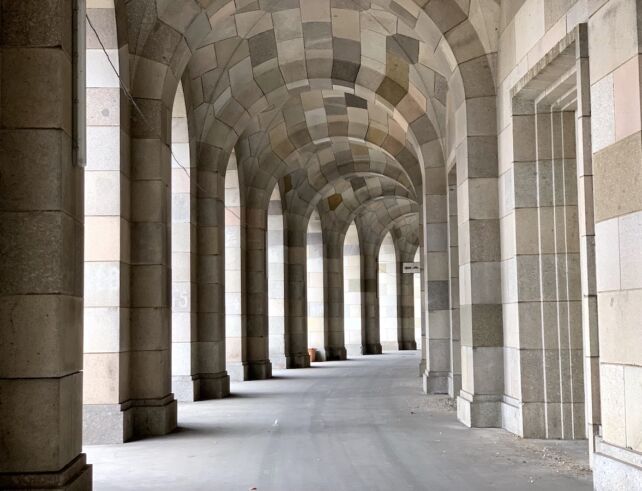
Nuremberg Zoo
Nuremberg boasts an interesting zoo, which is a must-see when visiting the city with children. It is located outside the center, but you can easily reach it by public transport. From the center (Dworzec Główny) there is a bus number E5, which will take you right to the gate.
Zoological traditions in Nuremberg date back to the Middle Ages, but they were not public institutions but rather the implementation of the ideas of the local nobility. The Nuremberg Zoo was established in 1912. It reopened in 1939 and then after war damage in 1950.
Today, the Nuremberg Zoo covers an area of 67 hectares and is one of the largest zoos in Europe. You will find attempts to recreate various environments, and you should allow about 3-4 hours for your visit. Of course, this may not be enough time for the youngest visitors, but each animal is worth seeing and requires attention.
In addition to the classic enclosures, the ZOO also has an exotic pavilion with plants, butterflies, monkeys and birds that move around us, and manatees swim in the water under our feet. An interesting part of the zoo is also the dolphinarium.
The zoo is open during the season (March 26 – October 3) every day from 8.00 a.m. to 7.30 p.m. Last visitor entries at 6:30 p.m. The ticket costs 18 Euro for an adult. A reduced ticket costs EUR 8.5 (4-13 years) or EUR 13.5 (14-17 years). However, it is worth looking at family tickets. Admission to the ZOO is part of the Nuremberg Charter, which I will discuss in a moment. With the ticket to the Zoo alone, half of the cost of the card is already refunded to you.
An interesting thing in the ZOO, apart from the animals themselves, are also their sculptures. In front of many of the stands you will find bronze models of animals with which you can take photos.
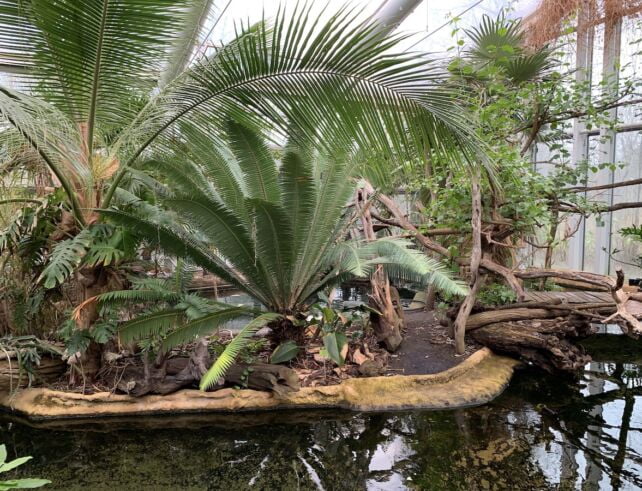
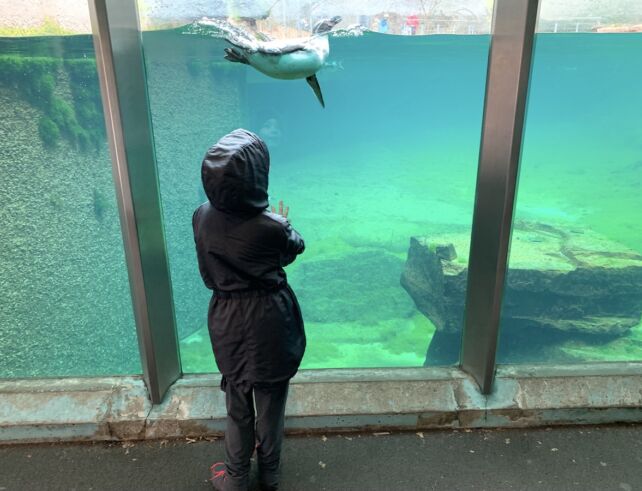
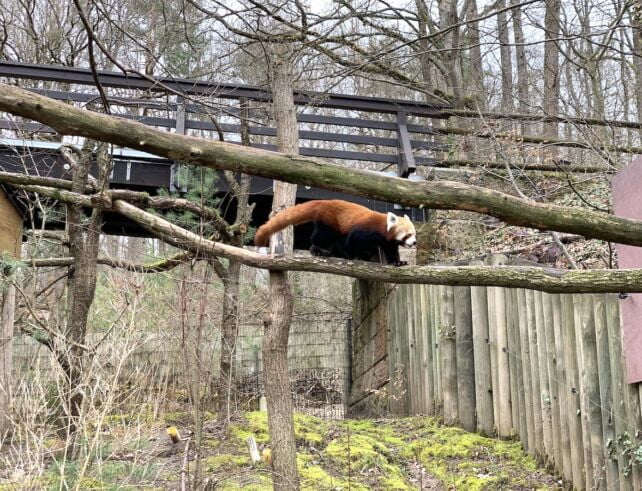
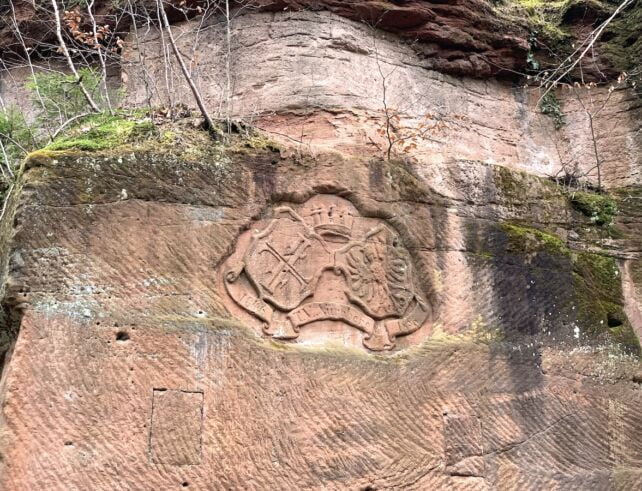
What to try in Nuremberg?
The first thing you should try is two local delicacies, which are regional products. The first of them are Nuremberg sausages – Nürnberger Bratwürste. Their history dates back over 700 years! The sausages are small, measuring about 7-9 centimeters and weighing about 20-25 grams. It is a pork sausage, served in 6, 8, 10 or 12 pieces accompanied by potato salad, bread or sauerkraut. Sausages are served on tin plates.
You can also find a version in a roll (then there are three sausages and the set costs about 4 Euro). In establishments that sell practically only sausages, the kitchen is located in the middle and there are flames constantly flowing from it, where the sausages are prepared.
The second, typical Nuremberg delicacy is gingerbread – Nürnberger Lebkuchen. Like the sausages mentioned above, they also have a Protected Geographical Indication. You can buy these gingerbreads in many places in the city, and some confectioneries even organize workshops or demonstrations of their production. For gingerbread to be Nuremberg gingerbread, it must be produced in the city and meet composition requirements. The main standard concerns the nut content, which cannot be lower than 25% and applies to walnuts, hazelnuts or almonds.
These gingerbreads cannot contain more than 10% flour. Shops offer gingerbread in chocolate, glazed or plain. I definitely like the first two versions the most.
Gingerbreads are most often in the shape of circles, and on their bottom there is a wafer, which in the past was supposed to prevent the gingerbread from sticking to the baking tray. The gingerbread itself was probably created in the 14th century, and has been a regional product since 1996. You can also buy Nuremberg gingerbread in Poland, and if you ever see them, be sure to try them because they are delicious.
German cuisine has many interesting dishes. You can eat tasty soups in many places, and every bakery offers pretzels in various versions. In addition to the classic ones with salt, there are also sandwich options with cheese, ham, pizza and others.
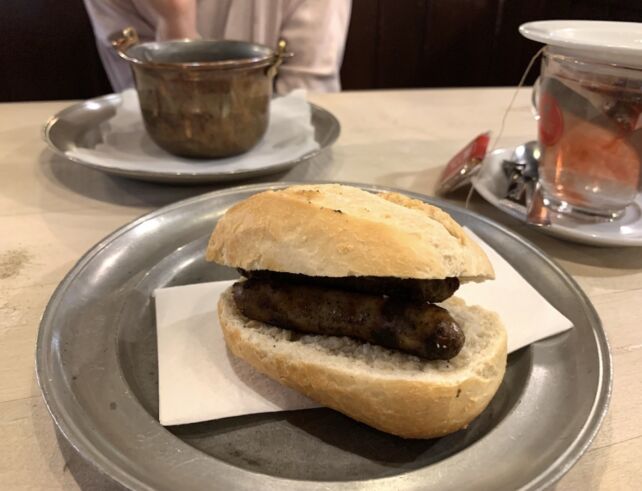
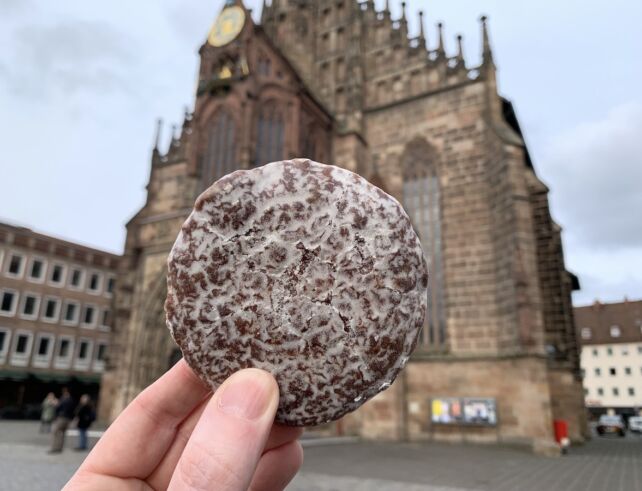
NÜRNBERG CARD
We often use city cards when traveling. It is worth buying them if you plan to do intensive sightseeing. This was also the case and the value of entrance tickets to the facilities and public transport tickets was returned with a surplus.
The card is valid for 48 hours and this is also a good hint as to the time you need to get to know the city. The card guarantees you free admission to most museums, free public transport and discounts from partners. The card costs 33 Euro, but if you buy it in the full version, children up to 5 years old receive the card for free. Children aged 6-11 pay 11 Euro for the card.
You can buy the card at tourist information points or online and save it on your phone or print it.
Nuremberg with children
Is Nuremberg a good destination for a trip with a child? The city offers many tourist attractions, including museums, monuments, amusement parks and many other places that will surely interest both children and adults. We visited all of the described facilities as a father and daughter (9 years old) and each of them had something special in itself. If a certain topic was more interesting for an adult, such as the NSDAP Documentation Center, its location, nearby lakes and architecture may appeal more to the youngest.
Most of the facilities I described in the text are suitable for both the youngest and older tourists. If your children don’t like visiting castles or cemeteries, you can easily choose other places for them.
Both the attractions and public transport are friendly and you shouldn’t have any problems exploring the city with children, and after equipping yourself with gingerbread, it will be pure pleasure!
Is it worth visiting this city?
Is Nuremberg for a weekend a good idea? Definitely yes! We already know that one more day wouldn’t hurt either. We have a few museums left to visit, and there are many attractions near the city, such as Playmobil Park or the Faber-Castell factory and museum. However, a weekend in this city is a great adventure and if you are looking for an idea for an interesting trip with children or friends, you will not be disappointed!



